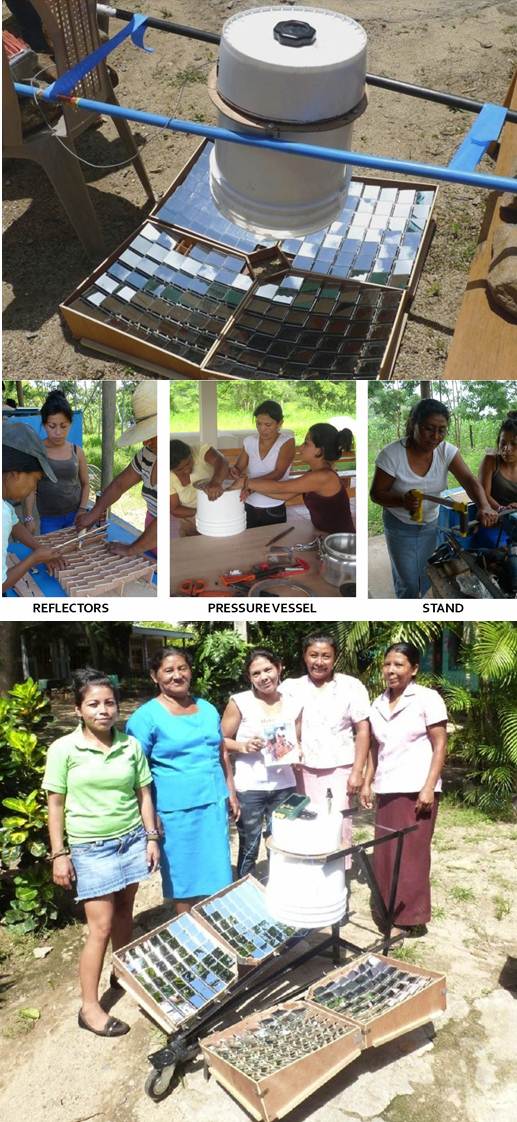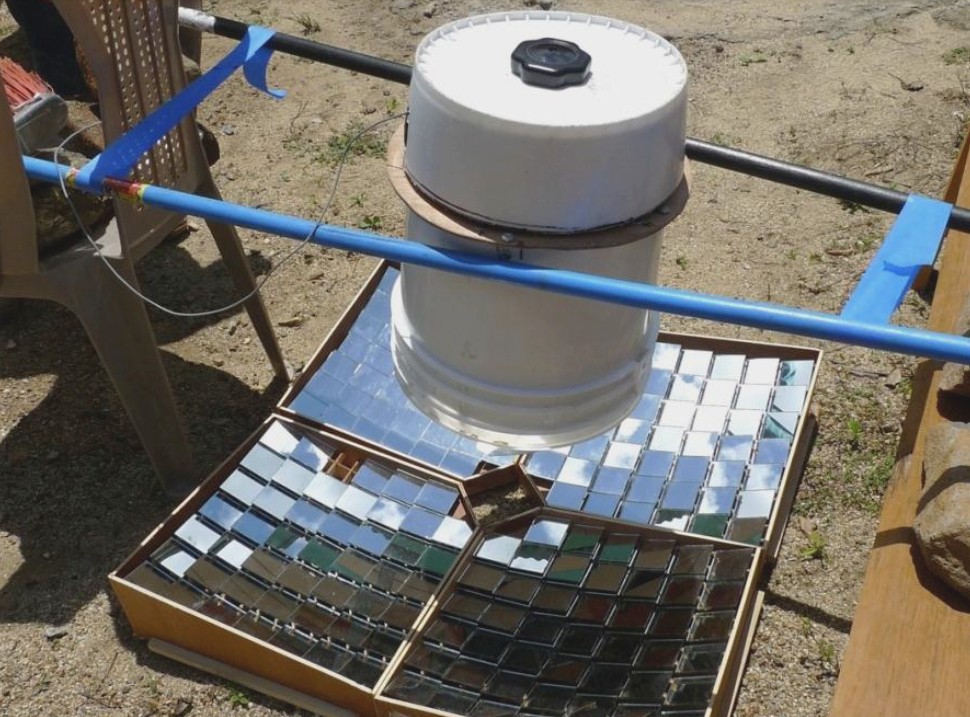My wife many years ago worked in a dental clinic. One of her responsibilities was taking discarded dental instruments and cleaning them in a device called an autoclave. Autoclaves use high pressure steam (15 pounds per square inch) at temperatures well above boiling (121 Celsius or 250 Fahrenheit) for a period of 20 minutes to ensure that anything put in them gets sterilized for potential reuse. In a world with abundant energy achieving this standard doesn’t represent a problem, but what happens when you are somewhere in the Developing World, off the power grid with no access to electricity, and you need to do surgery or a dental procedure?
Sterile instruments are critical for lots of medical uses from obstetrics and gynecology to treatment of wounds, to dental work and surgical procedures. For 50% of clinics in rural settings that serve 3 billion of the people on our planet sterile medical instruments is a luxury. Without access to electricity these remote clinics have no adequate method of ensuring sterilization. Boiling instruments is not enough. Dipping instruments in alcohol doesn’t do the trick either. That’s why 25% of patients undergoing surgical procedures in rural settings end up with post-operative infections.
That’s why a team of Massachusetts Institute of Technology researchers decided to develop a way to sterilize medical instruments using sunlight. They call their invention the Solarclave. The device can be assembled from local materials and is portable. The heat is generated by focusing sunlight at a closed, pressurized container using 140 mirrors, each 7.62 centimeters square (3 by 3 inches). It takes 90 minutes for the solar reflectors to raise the interior temperature of the container to 121 Celsius.
As seen in the images below, the Solarclave largely uses locally-sourced materials and commonly available technology to manufacture it. Total cost of materials is less than $200 US.
The manufacturing components include:
- 140 mirrors to make the reflector
- an old pressure cooker in working condition
- several plastic buckets which can be cut for housing the pressure cooker
- fiberglass insulation to retain the heat
- plywood to build the box and frames for placing and aligning the mirrors
- a temperature indicator and a timer
- a wheel-barrel style metal stand
The Solarclave can be scaled up by 50% to serve larger health centres and hospitals. And it has other uses as well. Locals can build separate units to as solar ovens for cooking, or solar water distillers to create clean drinking water.










